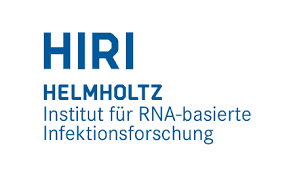Access Area
Annotation tracks
We provide multiple annotation tracks for the Escherichia coli str. K-12 substr. MG1655 genome.
All annotation files can be loaded and unloaded using their respective check box in the track selector.
Annotation files are indexed and specific genes can be searched by gene name, locus tag or gene id using the search box in the top center of the JBrowse2 instance.
This JBrowse2 instance includes:
| Track | Description |
|---|---|
| The Reference Annotation | The reference annotation for Escherichia coli str. K-12 substr. MG1655 |
| DeepRibo Predictions | A list of ORF predictions created using the tool DeepRibo. |
| Reparation Predictions | A list of ORF predictions created using the tool Reparation. |
| Start Codon Motifs | All ATG motifs for the reference genome. |
| Alternative Start Codon Motifs | All GTG and TTG motifs for the reference genome. |
| Stop Codon Motifs | All TAA, TAG and TGA motifs for the reference genome. |
| RBS Motif | All AAGG motifs for the reference genome. |
Coverage tracks
Coverage tracks show the normalized read counts per nucleotide position. There are multiple mapping types used (threeprime/fiveprime/global). The mapping method of each file is marked in their description.
Shareable Links
JBrowse2 allows you to easily share observations with your colleagues and collaborators.
Using the "share"-button next to the session name, you can automatically generate a link.
Anyone that uses this link will see the exact session you are currently looking at.
This includes colors, zoom level, scale, loaded tracks etc...
This is a very powerful tool for sharing potential discoveries.
JBrowse2 user guide
For more information on how to use JBrowse2, please have a look at the comprehensive user guide provided by the JBrowse team. The chapter on basic usage is highly recommended to get familiar with the JBrowse2 interface.


